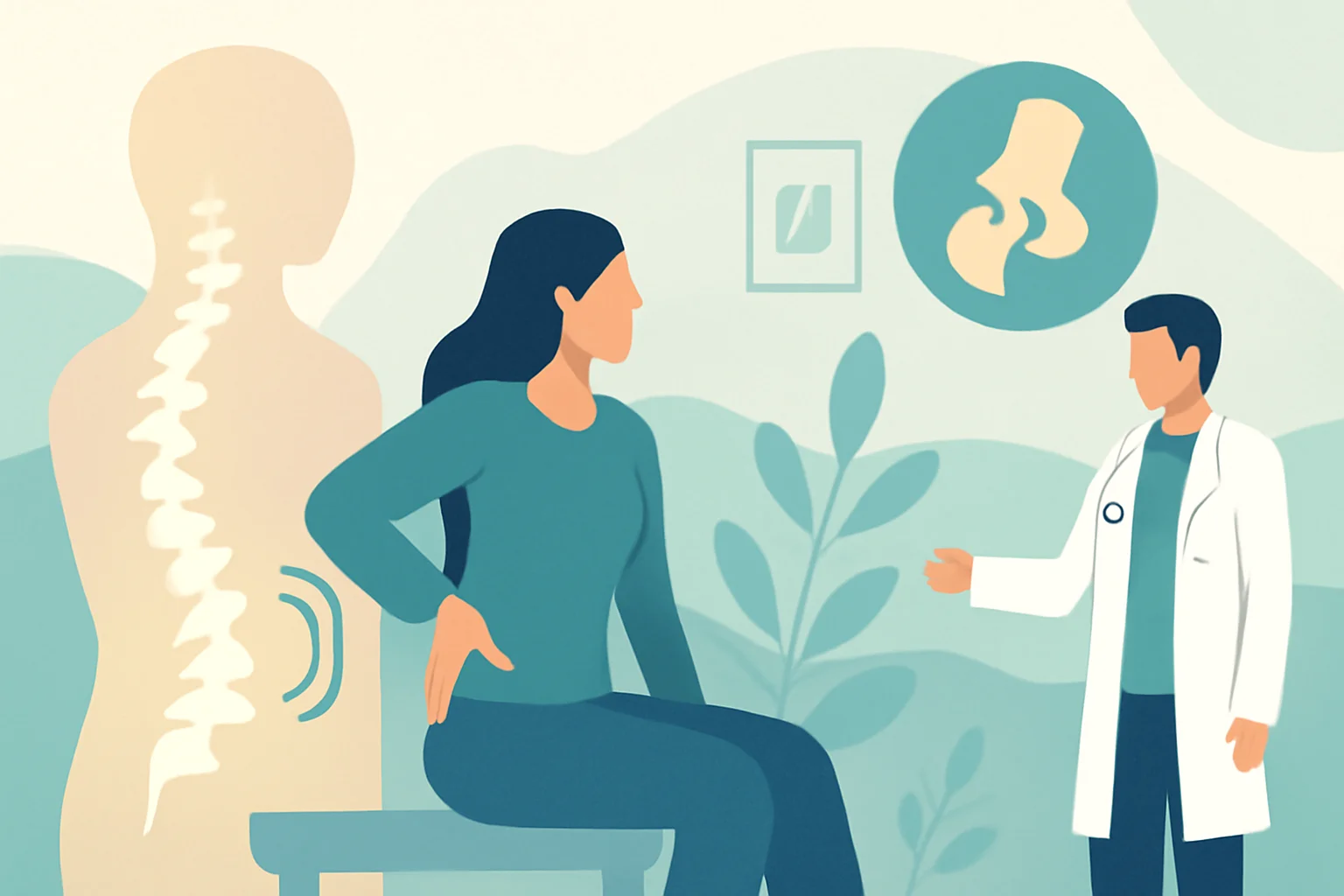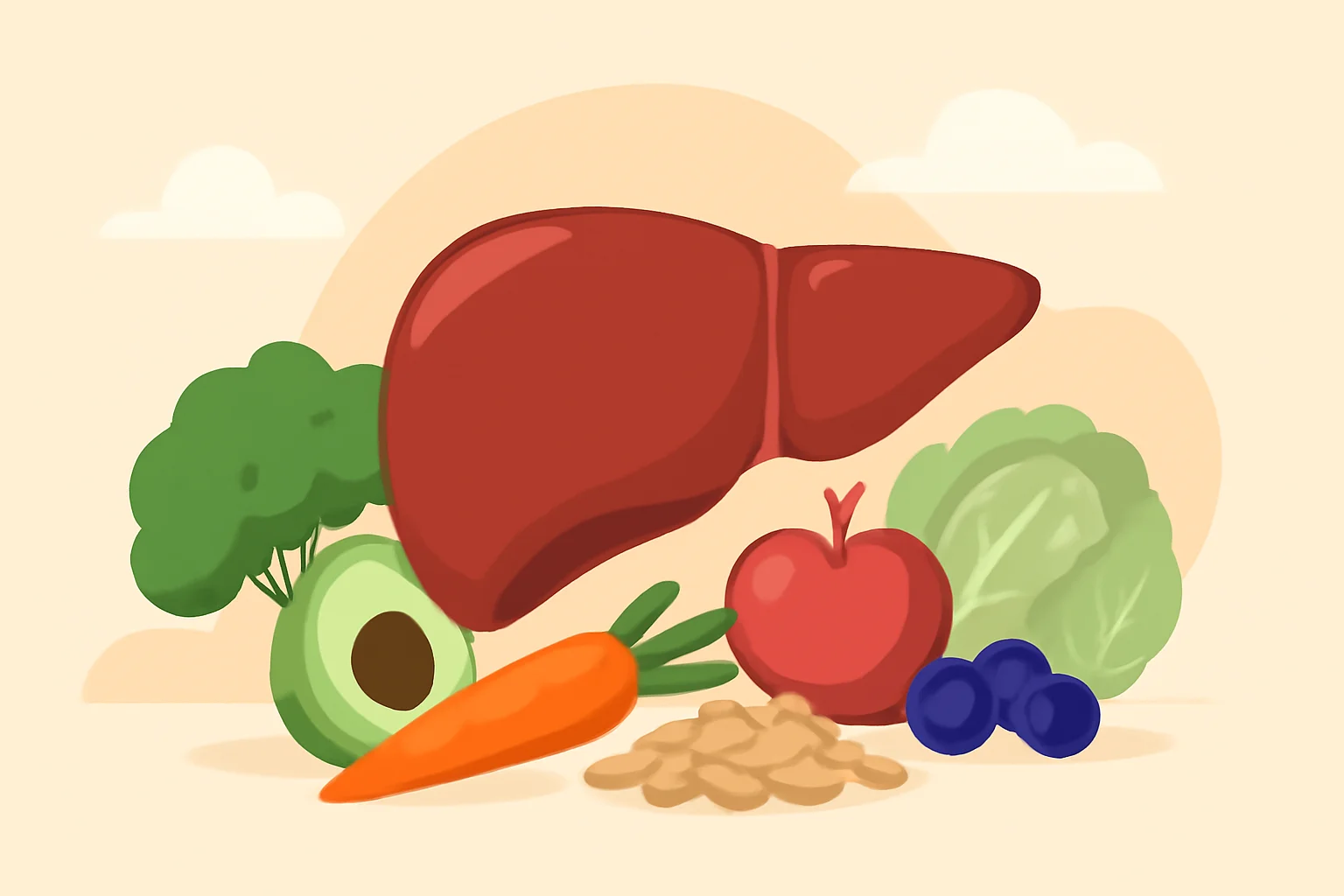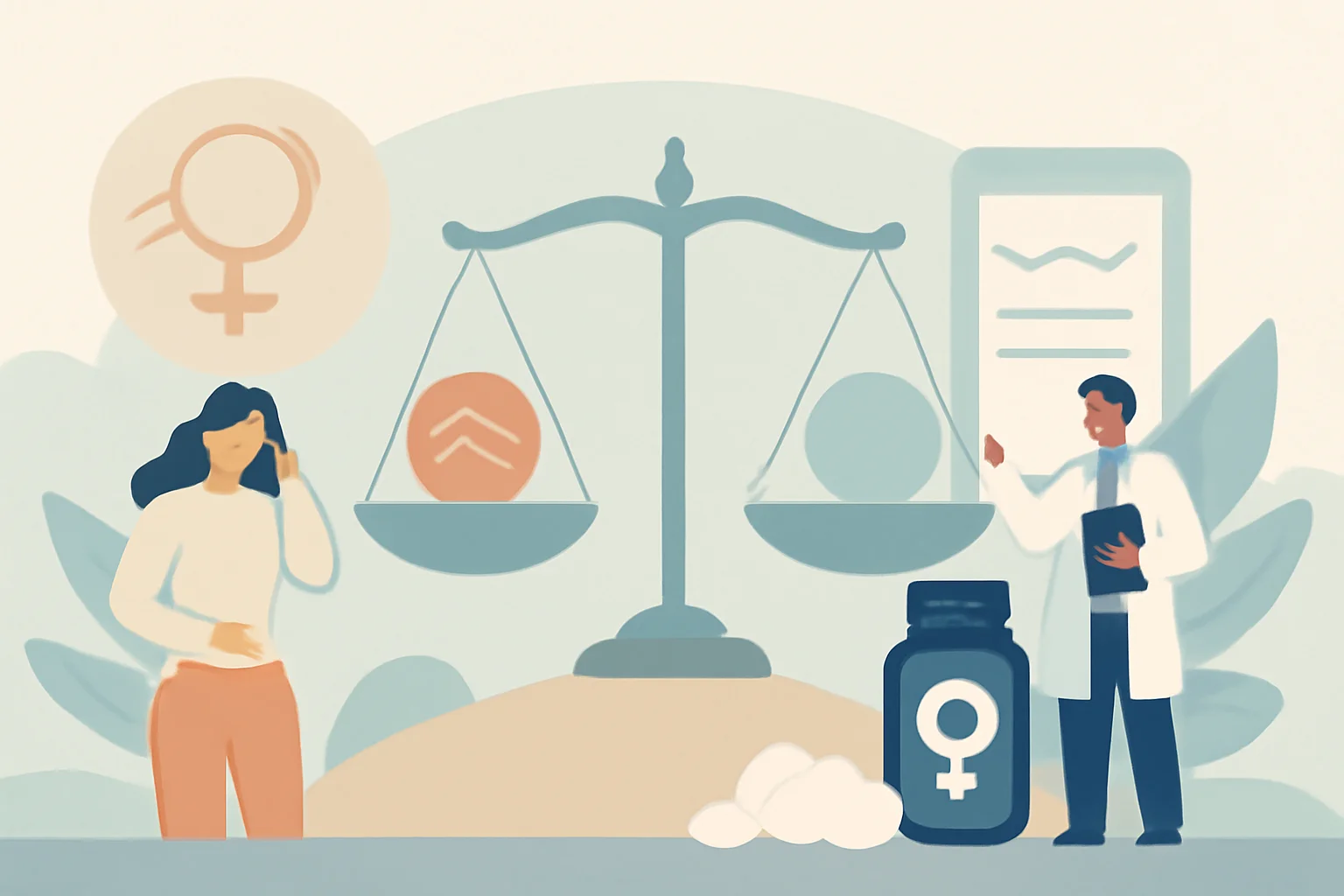
Lower Back Pain and Hip Pain: Causes, Treatment Options, and Prevention
The pain in the lower back and hips complicates the lives of many people, as these issues are common and have various causes. A sedentary lifestyle, poor posture, lack of physical activity, as well as stress and tension can all contribute to the development of pain. Lower back pain typically occurs in the lower part of the back, while hip pain is felt around the hip joint, which can cause various movement difficulties.
These pains not only cause physical discomfort but can also represent an emotional and mental burden for those suffering from them. People often try to find relief for their pain, but in many cases, they do not know what the underlying condition is, making it difficult to find the appropriate treatment. Understanding the cause of the pain is crucial, as it allows for the selection of the right therapy.
Lower back pain and hip pain are often intertwined, and the two issues can interact with each other. For proper diagnosis and treatment, it is advisable to consult a specialist who can help determine the exact source of the pain. In this article, we will examine the differences and similarities between lower back pain and hip pain, as well as present possible treatment options.
Lower Back Pain: Causes and Treatment Options
Lower back pain is one of the most common musculoskeletal complaints and complicates the lives of many people. The causes encompass a wide spectrum, ranging from poor posture to injuries or degenerative diseases. Lower back pain is often the result of problems with the spine, vertebrae, muscles, and ligaments. Sedentary work, a lack of physical activity, and stress can all contribute to the development of pain.
Lower back pain can be acute, which occurs suddenly, or chronic, which can last for months or even years. Acute pain is often the result of a sudden movement, while chronic pain usually develops gradually and is often associated with other health issues.
Treatment can vary, but generally, rest, anti-inflammatory medications, physical therapy, and rehabilitation exercises can help alleviate pain. Regular exercise and maintaining proper posture are also crucial for prevention. It is important to emphasize that paying attention to movement patterns and daily habits is advisable for prevention.
If the pain persists, it is worth consulting a doctor who can establish a diagnosis and suggest a personalized treatment plan. Treating lower back pain often requires a complex approach, which may include physical therapy, medication, and even surgical intervention.
Hip Pain: Symptoms and Causes
Hip pain is also a common complaint that can arise from various causes. The source of the pain may be the hip joint, surrounding muscles, or even the lower part of the spine. Causes of hip pain include wear and tear, arthritis, bursitis, hip muscle injuries, and tendonitis. The location and nature of the pain can provide a lot of information about the problem, as hip pain can be sharp, dull, or even stabbing.
Hip pain often limits movement and can make walking and going up and down stairs difficult. Additionally, the pain complicates the performance of daily activities, thereby reducing the quality of life. Various options are available for treating hip pain, such as physical therapy, which can help reduce mobility restrictions and increase muscle strength.
Anti-inflammatory medications can also be effective in alleviating pain. If conservative treatments do not yield results, medical intervention may be necessary, which could include surgery. Accurately determining the cause of hip pain is essential for selecting the appropriate treatment, so it is important to consult a specialist if symptoms persist.
The Relationship Between Lower Back Pain and Hip Pain
Although lower back pain and hip pain occur in different areas, they are often closely related. Lower back pain, particularly lumbar spine issues, often affects the hip joint as well. For example, pain in the lower part of the spine can cause the body to automatically change its movement patterns, which also affects the load on the hip.
Understanding the interaction between lower back pain and hip pain can assist in treatment. Accurately identifying the source of the pain is important for proper diagnosis, which takes both areas into account. An appropriate rehabilitation program that focuses on both the lower back and hip muscles and joints can yield the best results.
Regular exercise, stretching, and maintaining proper posture can help prevent pain. During physical therapy, specialists can identify weak points that may contribute to the development of pain and recommend personalized exercises. Prevention and early treatment are crucial in managing lower back pain and hip pain.
Note: This article does not constitute medical advice. Always consult your doctor for health issues.

